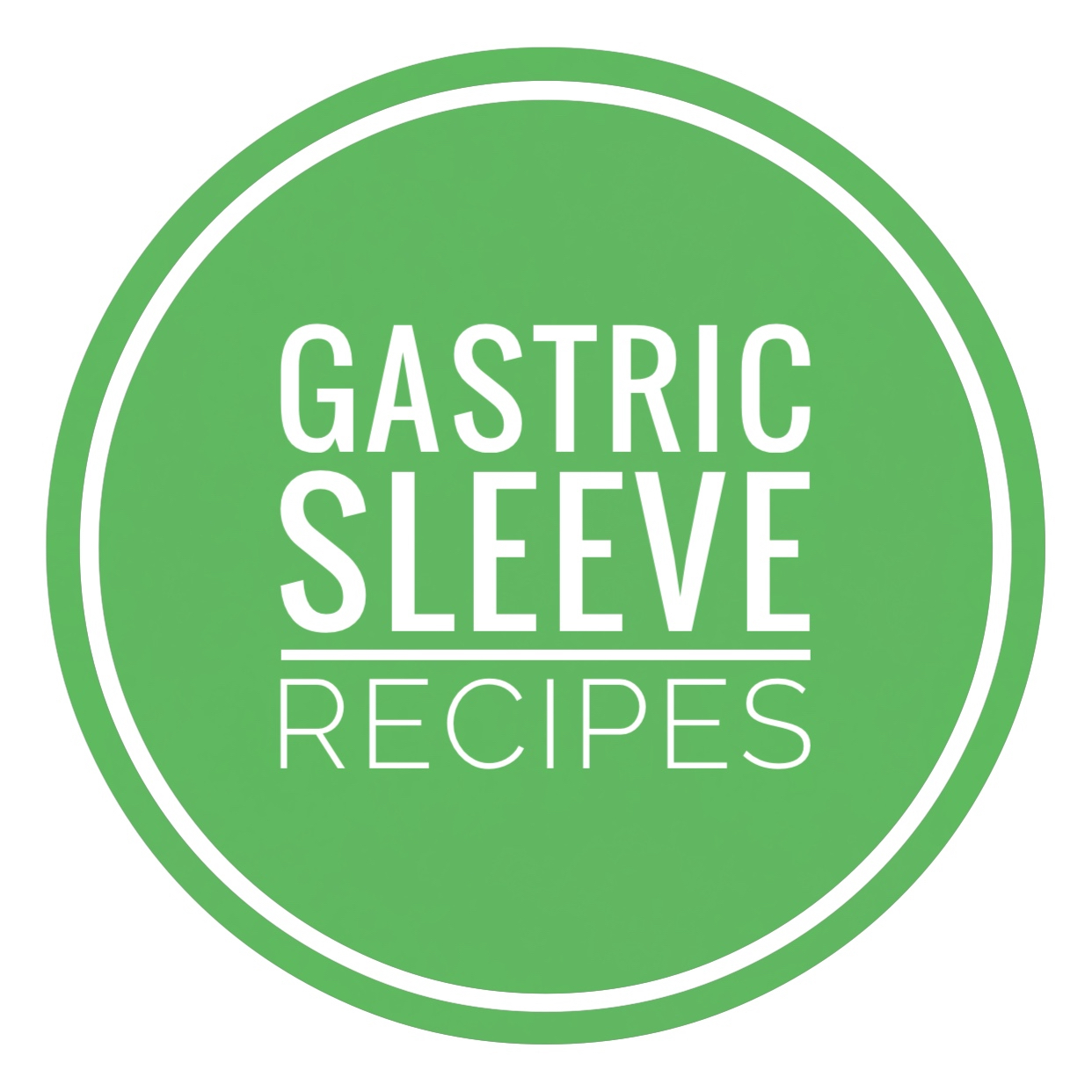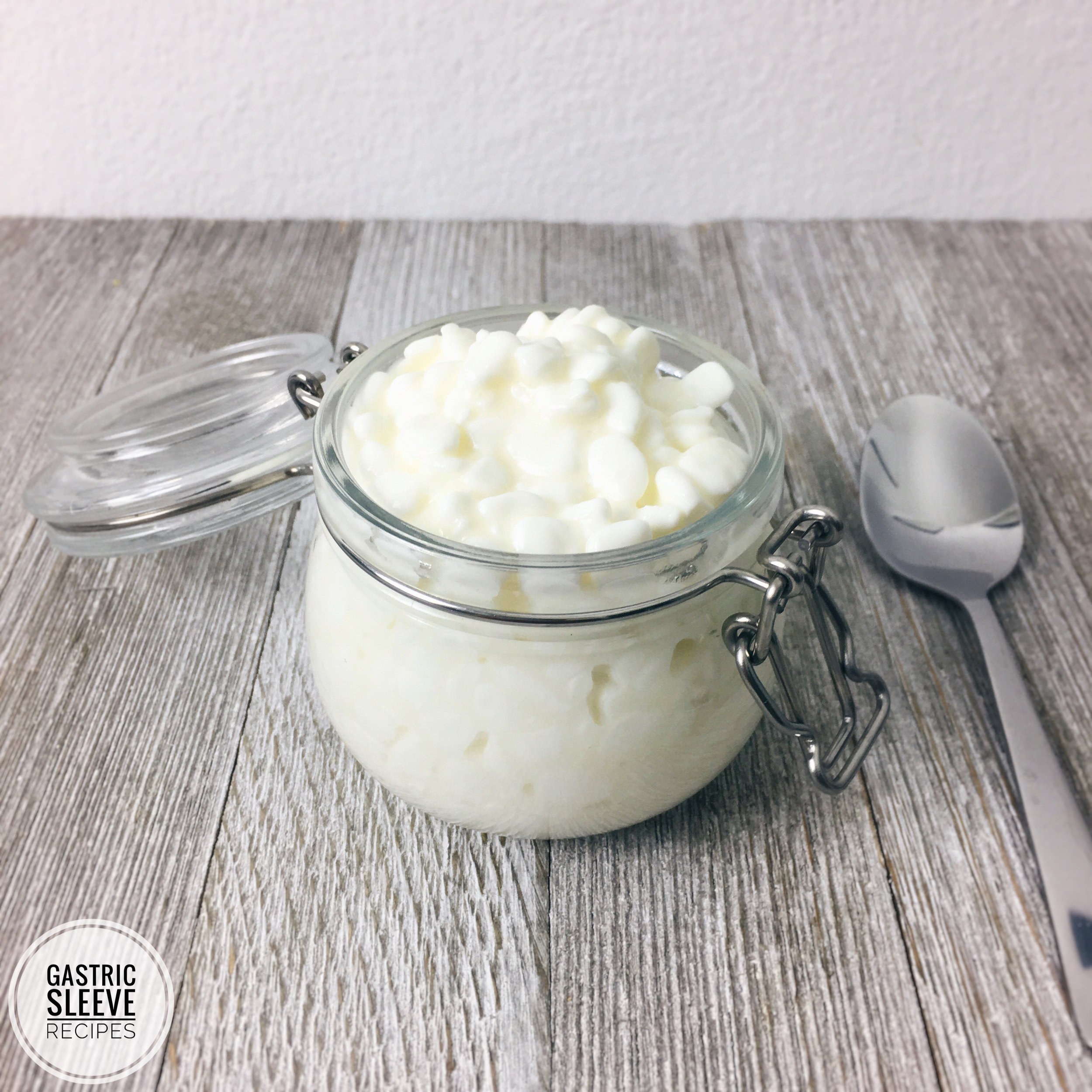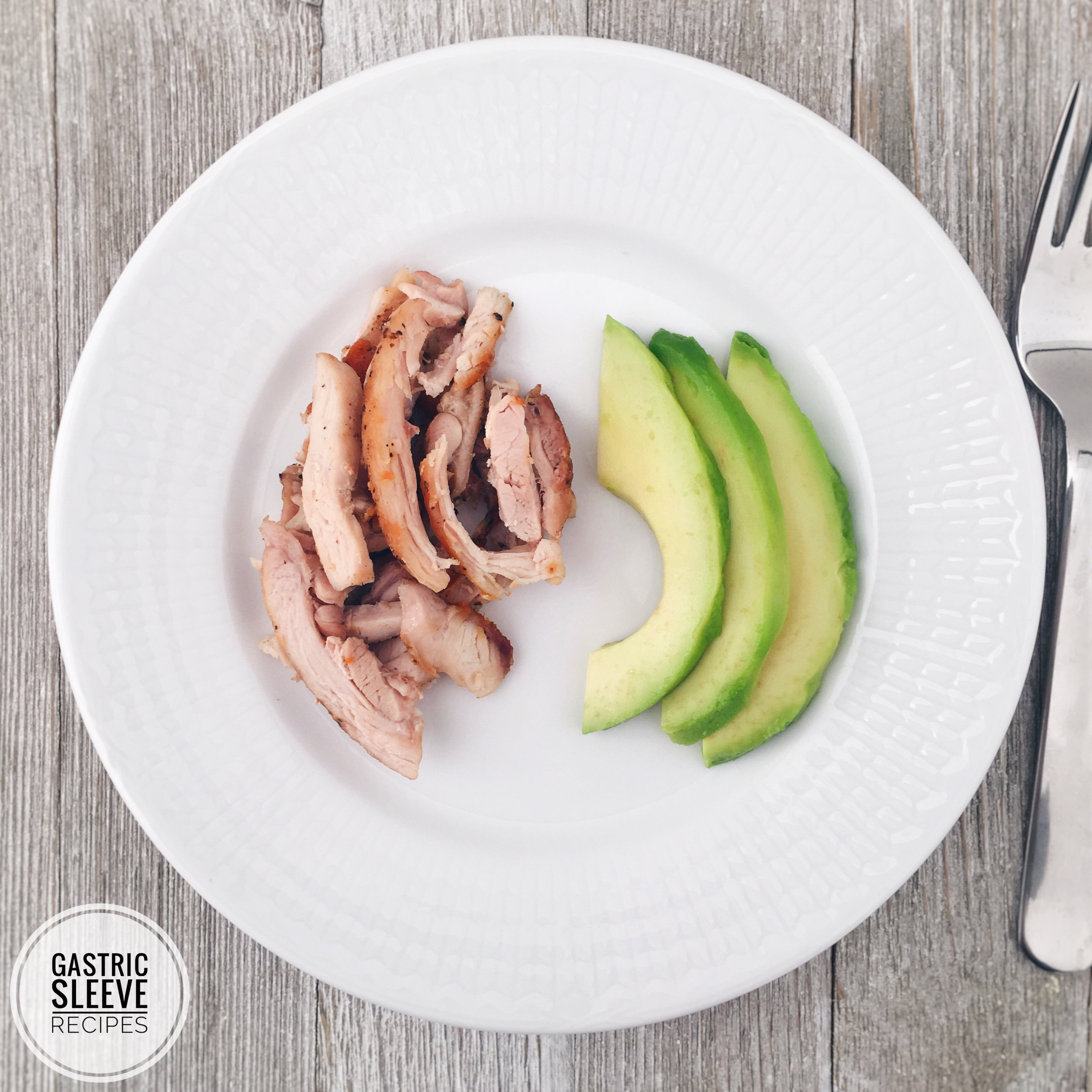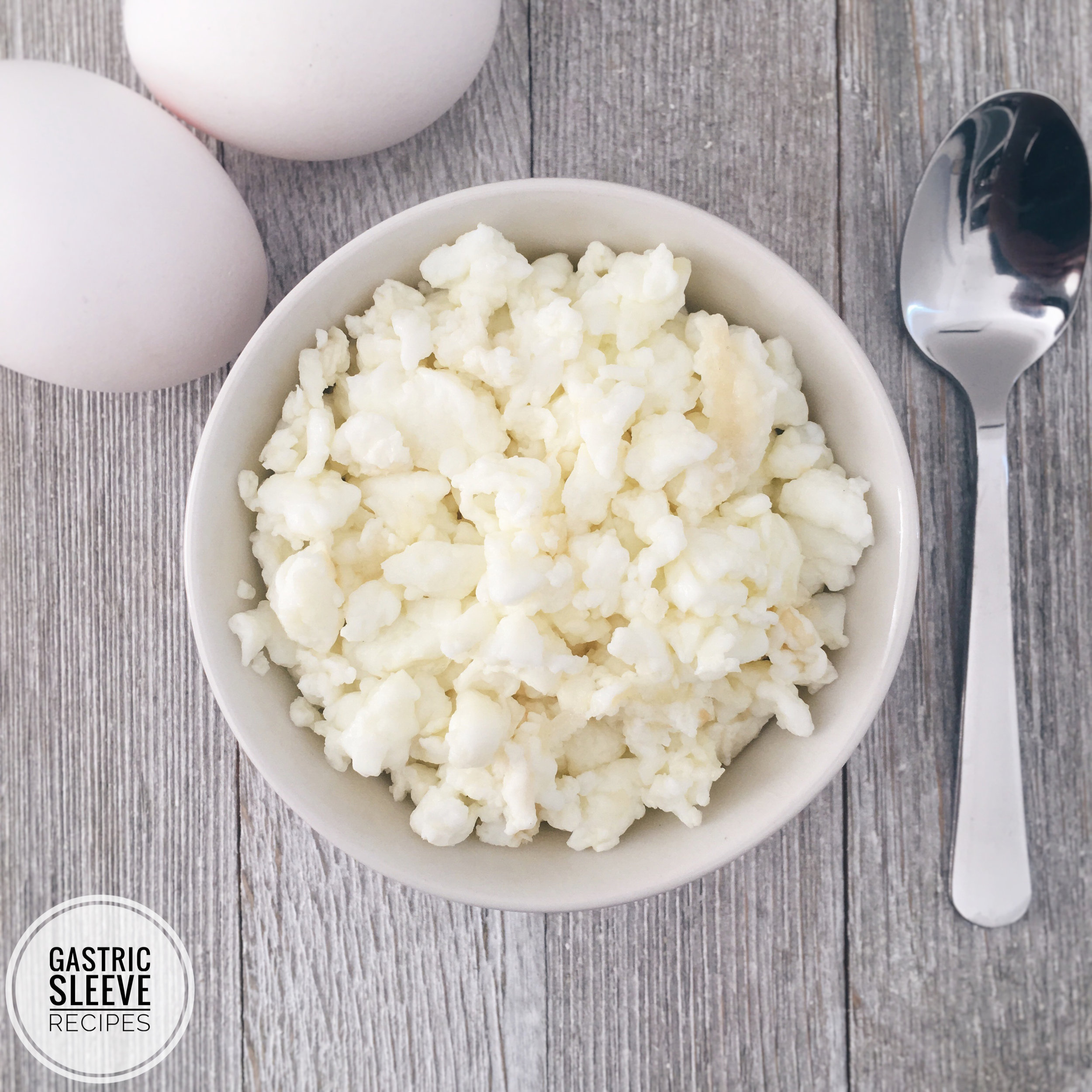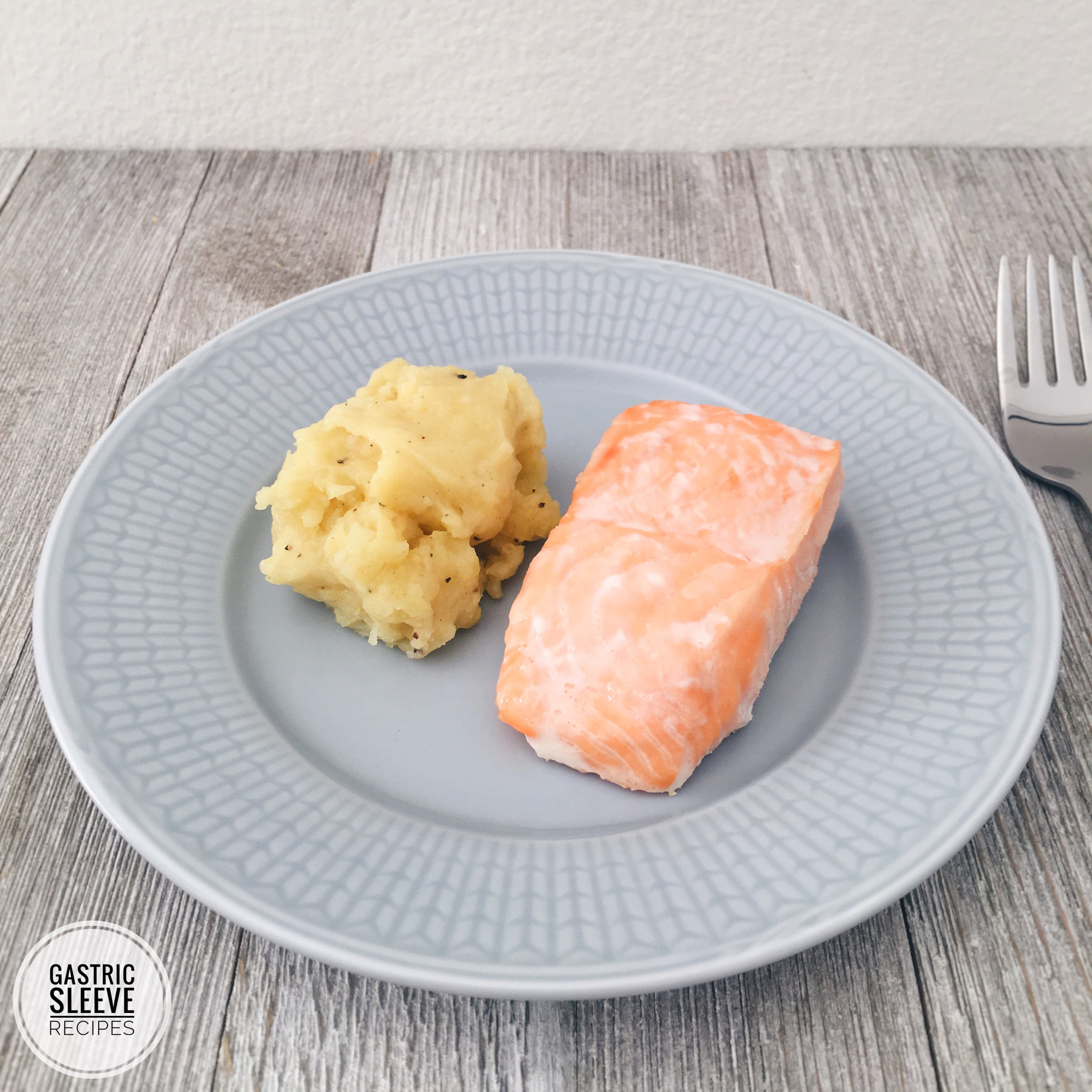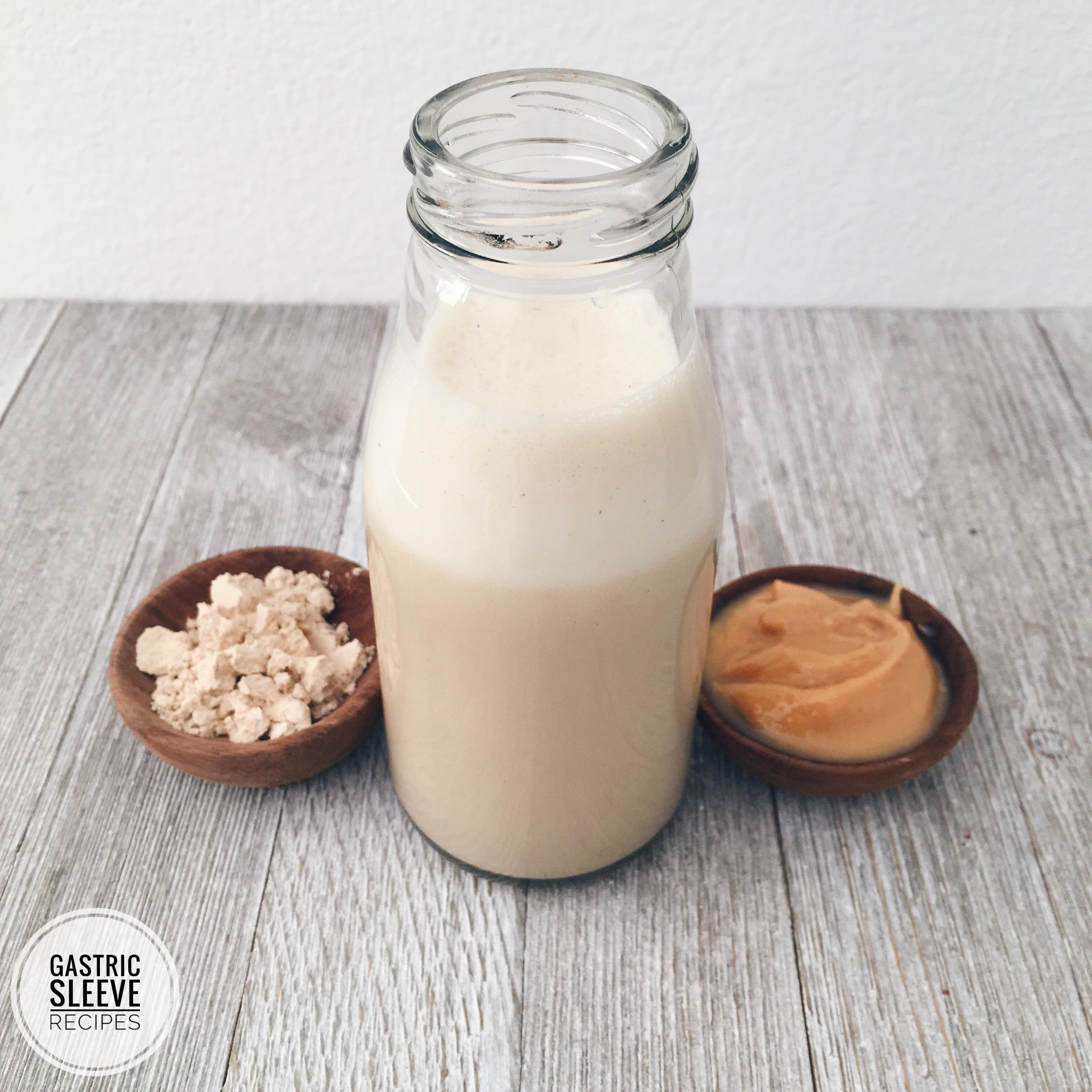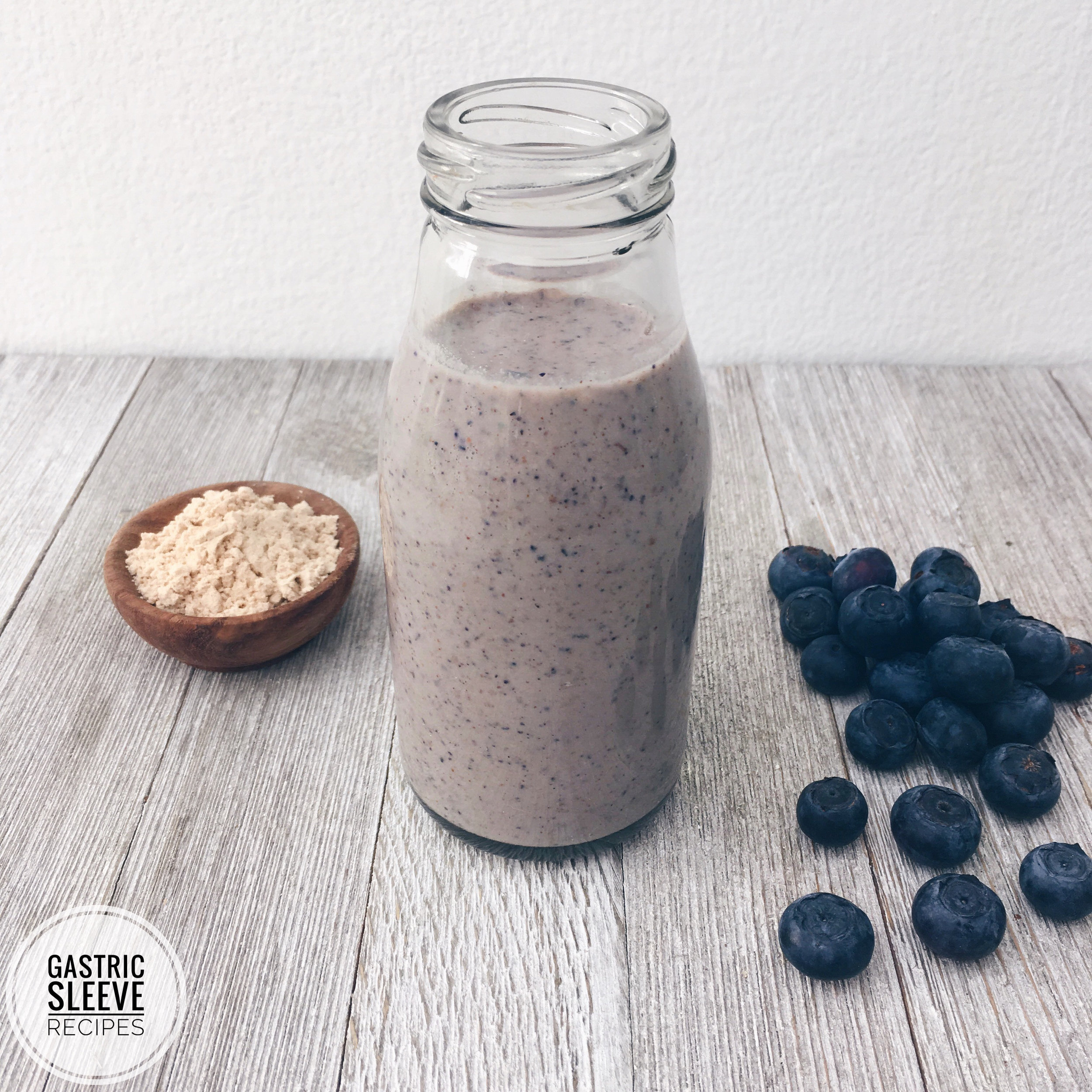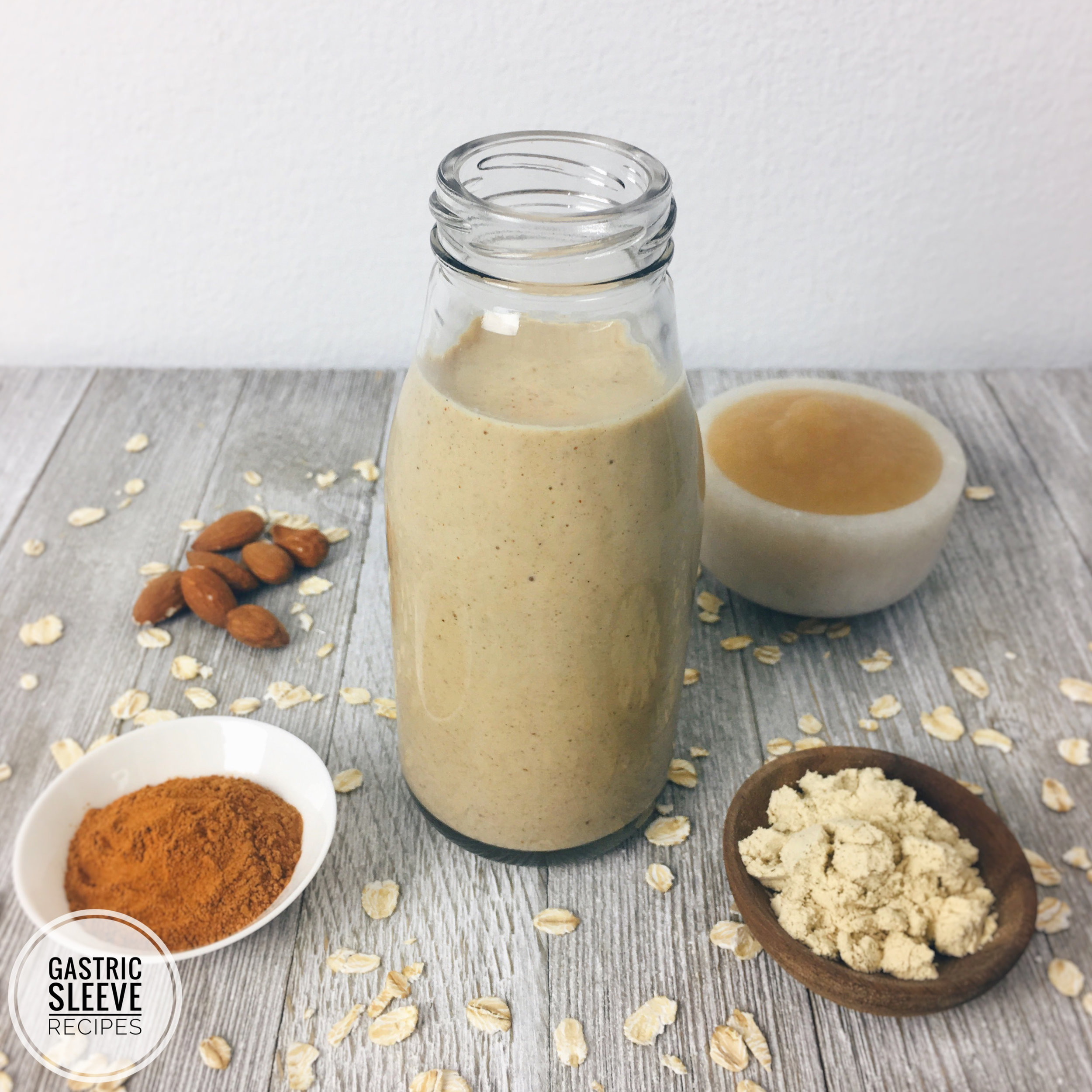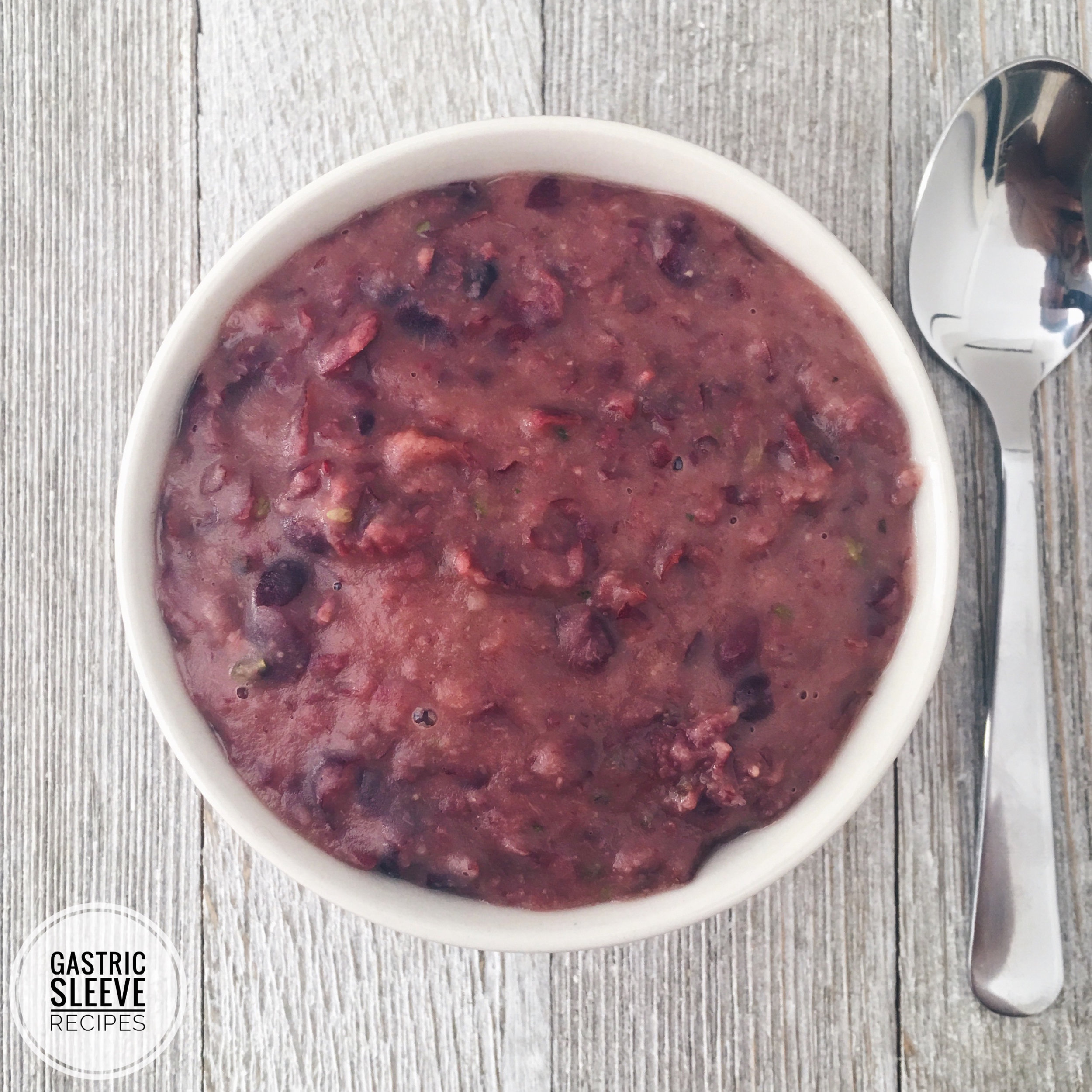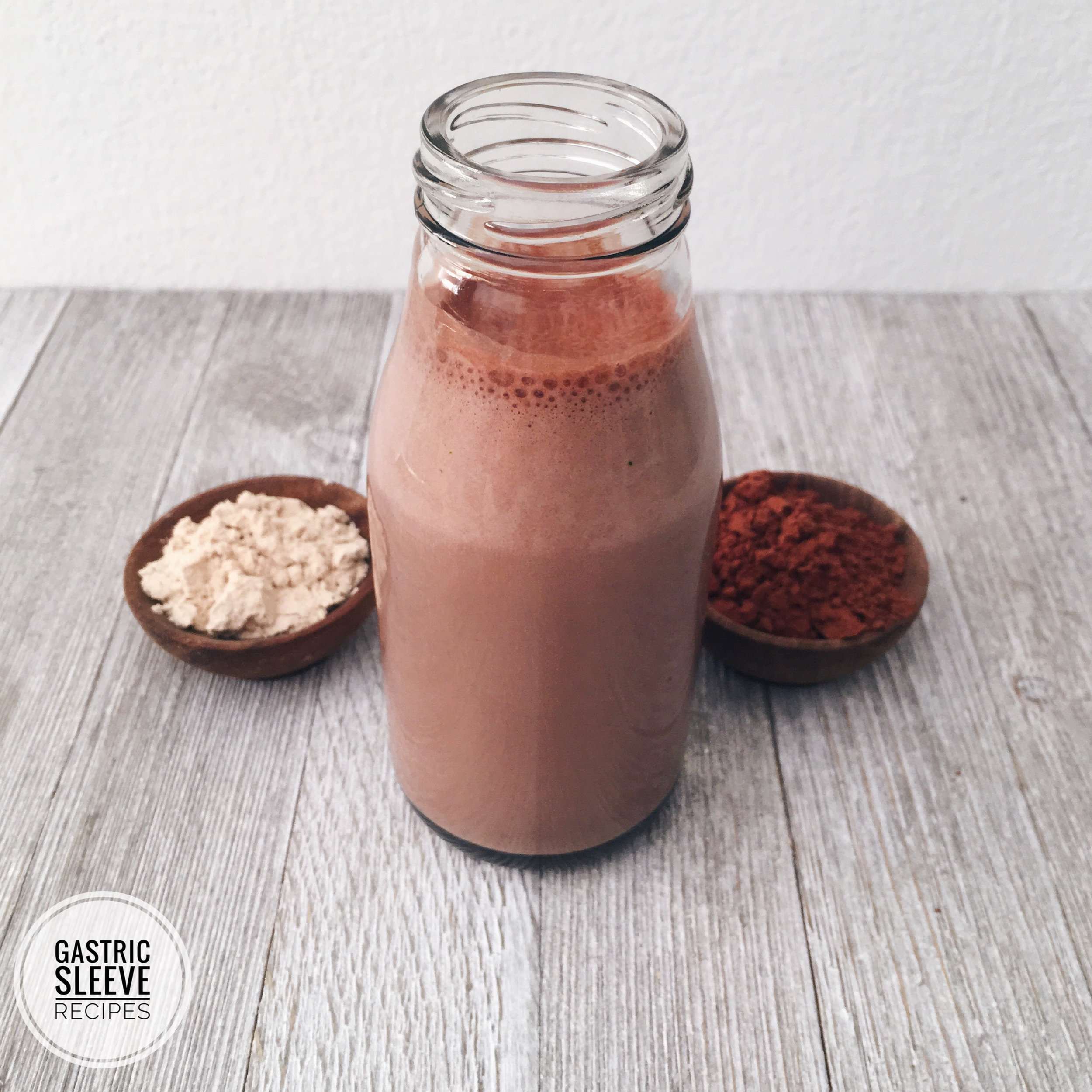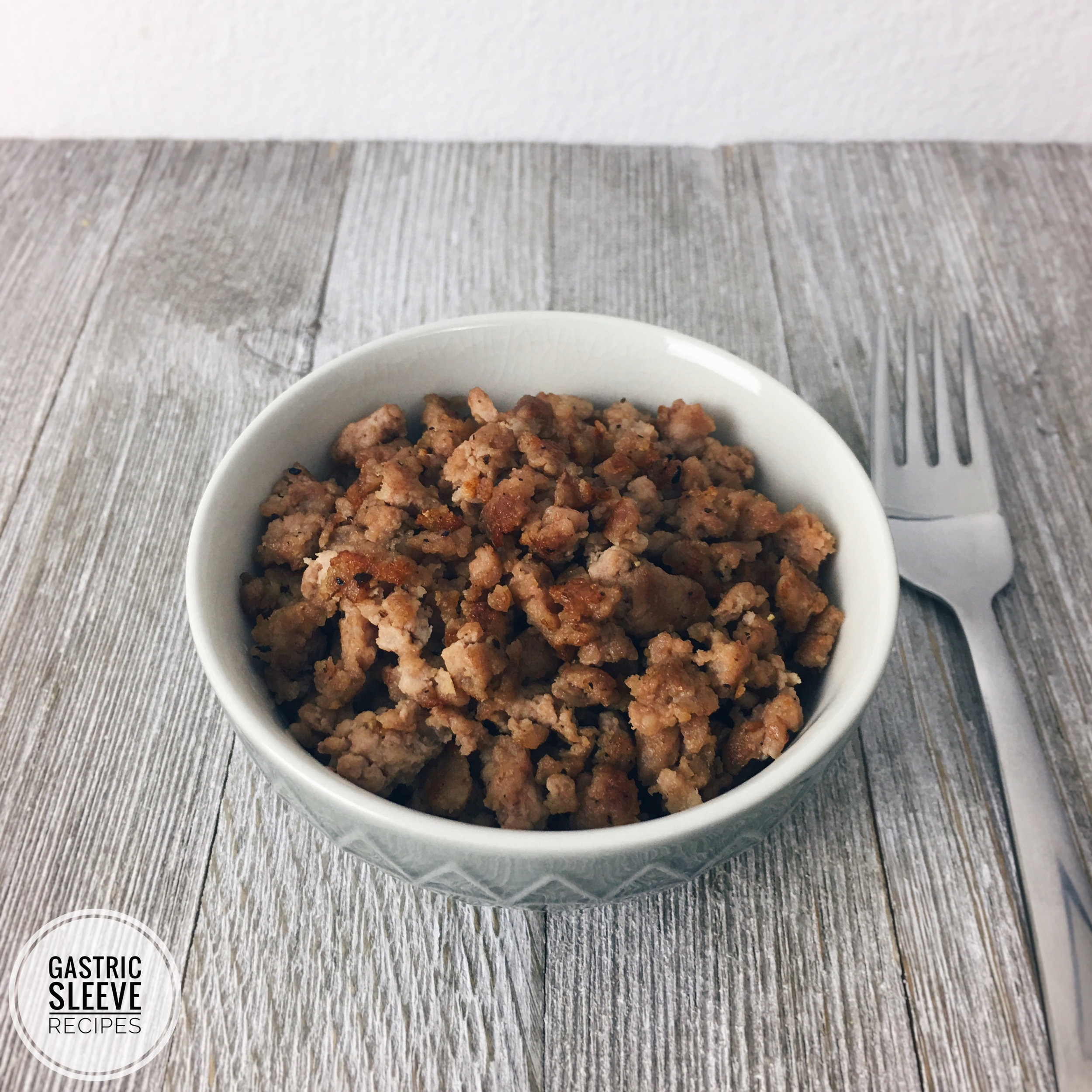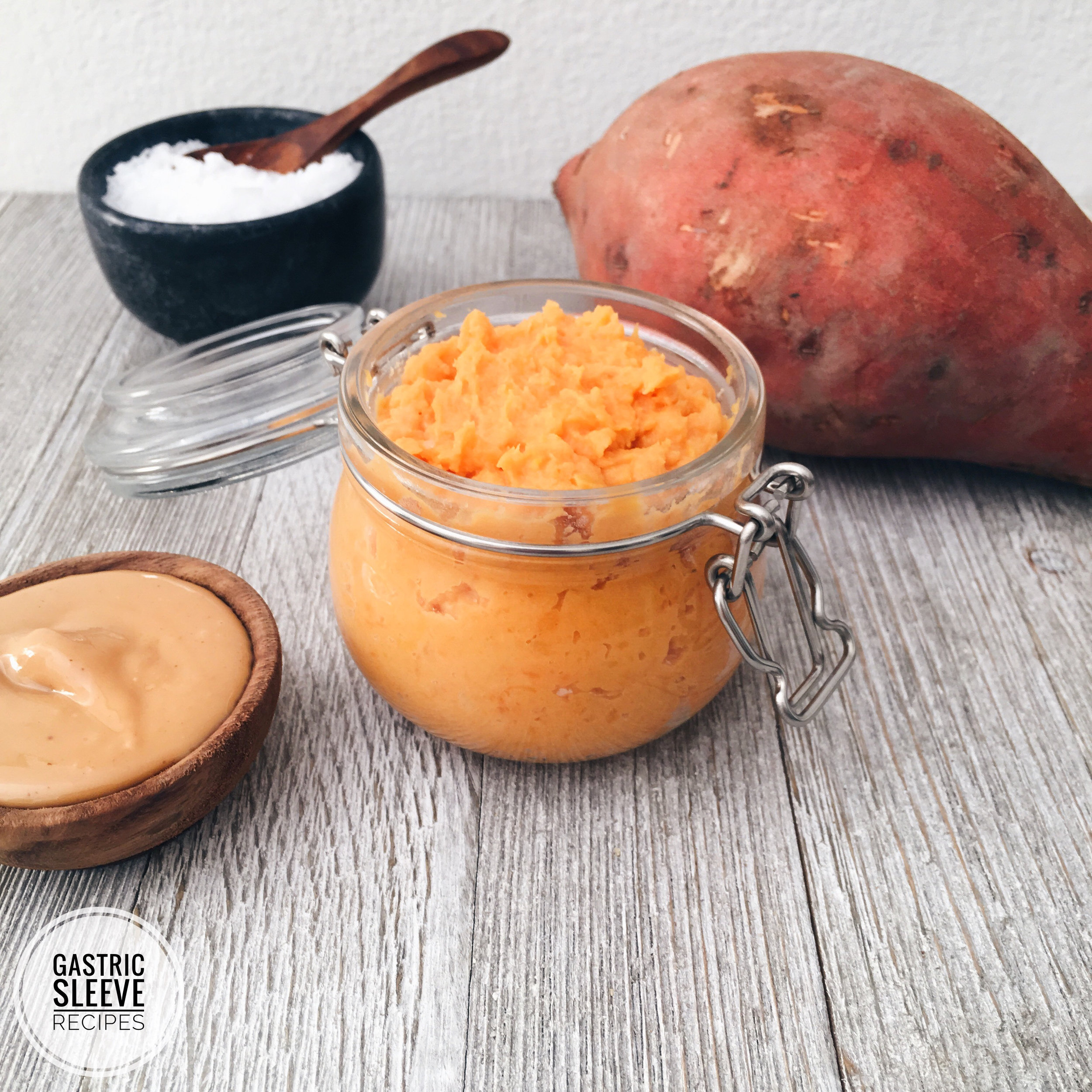POST-OP STAGE 4: SOFT FOODS
Description summary: This stage is designed for patients that are at least 1 month out of surgery. This stage is where we start adding more texture to your meals. It will be extremely important that you chew every bite at least 25 times. It might seem like a lot but it will help with your digestion tremendously, plus that way we avoid eating too big of a bite, which could cause discomfort. All bites must be very small, about the size of a dime. This stage also slightly reduces your dependence on protein shakes. As with all previous stages, it is important that you stay hydrated by drinking 48-64 ounces of liquids per day (protein drinks count as liquids, not meals).
Duration: 1 month (Days 30 to 60 after surgery)
Suggested daily meal schedule: 4 small meals of 2-3 ounces each + 2 protein drinks of 6 ounces each
Goals:
- Introduce new foods with more texture.
- Slowly begin to consume more protein from food instead of liquids.
- Continue to consume 60 grams of protein.
- Continue to stay hydrated and drink 48 to 64 ounces of liquids per day.
- By the end of this stage, you should be able to comfortably eat about 3 ounces of food per meal.
AVERAGE NUTRITION FACTS PER DAY:
- Calories: 885
- Protein: 60 grams
- Carbs: 80 grams
- Fat: 36 grams
- Fiber: 13 grams
If for any reason you want to change one of the recipes in this meal plan, you can choose a different one from our Post-Op Stage 4 Recipes by clicking on the button below. Just make sure it has similar protein and calorie content, there are many options to choose from :)
MONDAY / DAY 1
BREAKFAST
Cottage Cheese, low- fat (2 oz)
TUESDAY / DAY 2
DINNER
Cottage Cheese, low- fat (2 oz)
WEDNESDAY / DAY 3
THURSDAY / DAY 4
FRIDAY / DAY 5
BREAKFAST
Cottage Cheese, low- fat (2 oz)
SATURDAY / DAY 6
SUNDAY / DAY 7
DINNER
Cottage Cheese, low- fat (2 oz)
GUIDELINES
Full Description: You should only begin this stage if you can easily finish 2 ounces of soft foods per meal. This stage acts as a bridge between liquids and solid foods and is crucial in determining how long your healing process will last. Your sleeve and stomach are still sensitive, so go slow and remember to chew each bite thoroughly (at least 25 times).
Food should still be soft in consistency and easily broken with a fork. For chicken it is recommended to use darker meats such as thighs, and for them to be skinless and boneless. Darker meats tend to be moister because of their slightly higher fat content and can be much easier to eat than drier parts of the chicken like breasts. Fish will be an important part of your diet during this stage for having a soft consistency and being a rich source of protein. You can also introduce several vegetables at this stage, such as carrots and zucchini. Make sure to boil your vegetables and avoid anything with too much insoluble fiber such as celery, broccoli, cabbage, and cauliflower.
At this stage, we will introduce legumes, which will play a vital role in your longer-term diet due to their high iron, fiber and protein content. It is recommended to add them slowly into your diet so that your body won’t feel the effects of a very sudden change, such as intolerance or bloating. To help avoid bloating, make sure to buy dried beans and soak them overnight instead of buying them cooked and canned.
You can now also reintroduce coffee into your diet. If you choose to do so, try to consume it with moderation and be sure to compensate it with plenty of liquids to avoid dehydration, given that coffee is a diuretic.
Approved foods: To download a complete list of the approved foods up until this stage please click on the button below.
Tips and Guidelines:
- Eat your protein first! If you are having trouble finishing your meals then prioritize the protein (protein shakes, chicken, fish, eggs, and tofu).
- This stage includes 2 protein drinks per day. The recipes for each are listed in single servings but you can also make double the recipe in the morning and have the other one ready for when it's needed.
- You must stop drinking all fluids 30 minutes before and after each meal. Drink minimally (or nothing if possible) during meals. Since your stomach has decreased considerably in size, this will help you to fill up with food and not just liquids.
- Eat slowly and only small bites at a time to prevent any vomiting or discomfort (some patients experience the unpleasant feeling of food getting stuck at the entrance of their stomach when they take too big of a bite).
- Chew your food thoroughly (25 times per bite).
- If you are having trouble finishing your food during each meal, it is perfectly fine to take a small break for a couple of minutes and then continue eating. It can easily take you 30 minutes to finish your meal and that is perfectly normal. Try to finish your food for the day but never if it means pushing your stomach to eat more than you feel it can.
- Add new foods one at a time so that you can easily identify any that don’t sit too well with your new pouch.
- Continue drinking 48-64 ounces of liquids per day. Protein drinks count as liquids, not meals. As part of this meal plan you should add 8 ounces of diluted 100% fruit juice or undiluted coconut water and 8 ounces of low sugar electrolyte drinks. You should drink the juice if you feel lightheaded at any point during the day. As your recovery progresses we will reduce juice consumption until we eliminate it completely.
- Avoid citric fruits or any foods that are acidic or spicy, as these may still cause some discomfort or irritation.
- If soft foods cause any discomfort then it is perfectly normal to go back a stage or even to clear liquids for a day or two and then try again. Experiencing this trial and error process is completely normal during your recovery.
- Avoid beef or any steaks, as this is food especially common to cause the feeling of food getting stuck given its tough texture. Beef will be introduced in stage 6.
- One part of the stomach that was removed during surgery was in charge of producing the Ghrelin hormone, also known as the “hunger hormone.” This will help you to feel less hungry but it is very important to eat constantly throughout the day to keep your body nourished. Set reminders on your phone if you are having trouble remembering to eat.
- Eggs and dairy are common new intolerances developed after surgery, so add them slowly back into your diet. If eating them causes discomfort or any intolerance then stop eating them and wait until stage 5 to try them again. If you have already experience symptoms of intolerance in previous stages and they persist during this stage, you should consider the possibility that you may have become intolerant to them and should no longer consume them.
- Use a food scale and measuring spoons. It is very important to use the exact measurements we provide on the meal plan. Our recipes give measurements in both volume/amount and in grams so you are able to weigh everything. We use grams instead of ounces because it can be a more exact measure.
- Do not weigh yourself more than once per week. Pick a day of the week (we recommend Wednesdays or Thursdays) and weigh yourself every week only on that day and in the morning before having liquids or food. Weighing yourself too often can create too much mental pressure.
- Everyone’s bodies are slightly different so your recovery could be slightly faster or slower than others. It will be important, however, to remember that the size of your stomach has shrunken considerably and that you will not be able to eat as much as before. This stage begins to slowly incorporate real food back into your diet, but it may take up to 6 months after surgery for you to be able to eat most foods again.
Exercise: It is recommended all patients avoid exercise during this stage. It important to take it slow and keep in mind that you will already be losing a lot of weight through diet alone. It is important, however, to walk constantly during the day. Walk around your house or office every 20-30 minutes to keep the blood flowing and your metabolism active. Try aiming for 4,000 to 5,000 steps per day. You may download an app on your phone to help you track this. Longer-term, it is important to keep in mind that exercise is not the best way to lose weight, but rather changes in our diets.
Vitamins and Supplements: Continue taking supplements as indicated in Stage 3. It is recommended that you always take them with food or liquids. The suggested vitamins and supplements are the following:
- Multivitamins
- Take 2 chewable multivitamins per day, one with breakfast and one with dinner.
- Chewable vitamins are often more easily absorbed by the body. Make sure they are for adults and not for children.
- Recommended brand: Centrum Chewable Multivitamin/Multimineral Supplement.
- Vitamin B-Complex
- Take 1 B-Complex chewable vitamin per day with breakfast.
- Recommended brand: Vitafusion B Complex Gummy Vitamins.
- If you choose a different brand just make sure it contains at least 100% of your daily B-12 requirements.
- Calcium Citrate
- There are 2 different types of Calcium: Calcium Citrate and Calcium Carbonate. Make sure to take Calcium Citrate because absorbed better by the body.
- Recommended brands: Rainbow Light Calcium Citrate Chocolate Chewable, Solaray Calcium Citrate Chewable.
- Whichever brand you choose, make sure to get a total daily dose equal to 1,000 mg per day. Take half during breakfast or lunch and the other half during dinner.
- Iron
- Take during breakfast. Make sure to not take at the same time as calcium.
- The required dosage is 18 mg to 25 mg.
- Recommended brands: NutriPure Melts in Mouth Chewable Iron, BariMelts Iron + Vitamin C.
- It is recommended to take your iron supplements with a dose of Vitamin C for better absorption. The recommended brands already include some Vitamin C.
- Gallbladder pills (optional but highly recommended)
- When your body loses weight at a drastic pace, your gallbladder may be at risk of developing stones. The purpose of taking these pills is to help prevent any formation of these stones.
- Take 1 serving per day for the first 6 months. After that, you may discontinue it.
- Recommended brand: Stone Breaker Chanca Piedra (pulverize and dilute in water).
- Protein Supplements
- It is somewhat common for patients to develop dairy intolerances after surgery. Whey protein is derived from dairy, so if you are having trouble consuming these types of protein supplements, we highly suggest switching to plant-based sources. You can also start directly with plant-based sources if desired.
- All of our protein drink recipes use protein powder and other natural ingredients to boost their nutrient content and make them taste nice. If you do not want to drink them, you can replace protein drinks in the meal plan with 1 pre-made Premier Protein shake per day of your flavor of choice. Otherw liquids that you can replace them with are Protein2O (whey-based) and Evolve (plant-based), just make sure to get 60 grams of protein per day.
- Recommended brands: Gold Standard 100% Plant-based (plant-based (powder), Gold Standard 100% Whey (powder), Vega Clean Protein (plant-based powder), Isopure (powder), Protein2O (pre-made drink).
- If you prefer to buy another brand just make sure it meets the following nutrition requirements per serving.
- Calories: 110 to 130
- Protein: 20 to 25 grams
- Fat: No more than 7 grams
- Carbs: No more than 5 grams
- Suggested supplements schedule:
- Morning: Multivitamin, B-Complex, Iron, Gallbladder
- Lunch: Calcium citrate (half)
- Dinner: Multivitamin, Calcium citrate (remaining half)
